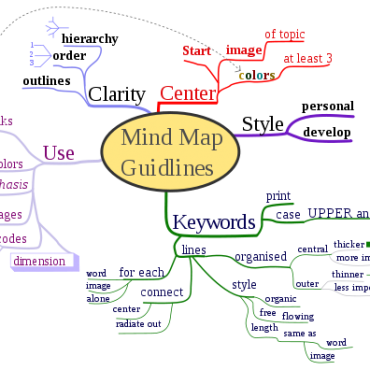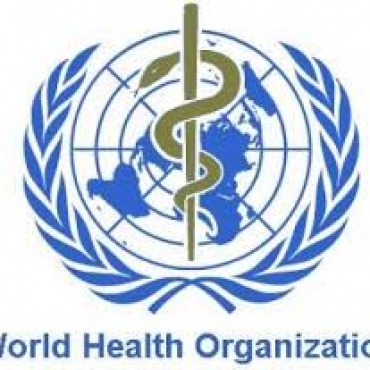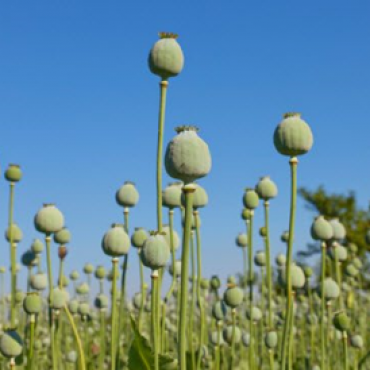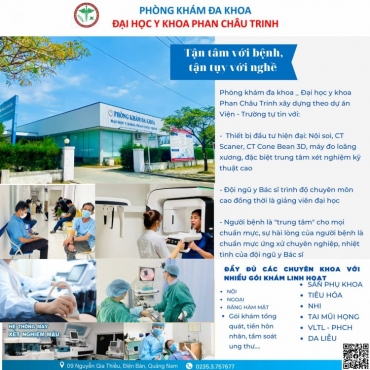- Healthcare
- Phan Chau Trinh University Hospital
- Phan Chau Trinh University Polyclinic
- TAM TRI QUANG NAM GENERAL HOSPITAL
- Tam Tri Hong Ngu International Hospital
- Tam Tri Cao Lanh General Hospital
- Tam Tri Đong Thap General Hospital
- Tam Tri Nha Trang General Hospital
- Tam Tri Sai Gon General Hospital
- Tam Tri Đa Nang General Hospital
Contact Admission
The phenomenon of community decline in South Asians of the same bloodline
The phenomenon of community decline in South Asians of the same bloodline
SYMPTOMS
COMMUNITY OF SOUTH ASIA WITH THE HYPOTHESIS
The new research explains the genetic origins of diseases unique to rare populations in South Asia.

Picture : hansslegers / Getty Images
A new genetic analysis shows that the South Asian region includes people living in India, Pakistan, Bangladesh, Sri Lanka and Nepal - especially susceptible to rare genetic diseases. Some diseases that are specific to populations living in South Asia have been identified in the past, but whether their cause is genetic or not is largely a mystery.
Recent multicenter research, led by researchers from Harvard Medical School and Council of Scientific and Industrial Research (CSIR - Council of Scientific and Industrial Research) of the Center for Cell and Fecal Biology Deaths in Hyderabad, India show: the so-called “birthplace” phenomena - in which some ethnic community ancestors gave birth to many descendants - contributed significantly to the growth of billions. morbidity rates are typical in the South Asian community.
The Indian subcontinent is one of the most genetically diverse places on earth, with a population of nearly 1.5 billion people comprising nearly 5,000 well-defined subgroups. The researchers analyzed genomic data of more than 2,800 people from more than 260 South Asian subgroups. They found that nearly a third of these subgroups had the prominent phenomenon of "birth person". Such “born-in” phenomena tend to limit genetic diversity. Geographical, linguistic or cultural barriers, such as intergroup marriage restrictions, increase the population by bloodline. This can lead to the survival and development of rare and recessive diseases.
The study's first author, Nathan Nakatsuka, a graduate student at the Reich Laboratory said: "Every human carries a small number of mutations that can cause a serious illness, but each person usually only has one copy and two copies are needed to develop illness. ”“ If a parent has the same ancestor, there is a greater risk that both will carry the same recessive mutation, so their offspring are more at risk of redundancy. two copies are needed to manifest the disease. ”Although the frequency of these genetic variants increases the risk of disease, it also makes them easier to detect.

Các hiện tượng nhà khai sinh, kết hợp với hôn nhân chỉ trong các nhóm, thường gây ra đột biến lặn được thực hiện thành hai bản sao,
dẫn đến tỷ lệ mắc bệnh ở Ấn Độ cao hơn rất nhiều so với các nơi khác trên thế giới.
Picture: K. Thangaraj
In the West, studies of individual communities have also led to the discovery of many genetic variations that cause disease. This leads to screening for disease detection and resolution. The most famous example is the Ashkenazi's screenings of Jewish descent that uncover the genetic variations that cause Tay-Sachs disease.
"In the Western world, there are communities that previously had little mixing with Ashkenazi's Jews, such as Finns, Amish, French Canadians," said the Broad Institute of Harvard and MIT. others "," They have a special 'birth disease' that they often encounter and have been well studied, leading to many discoveries about the nature of these diseases. "There are few community groups in the West. So, the great thing about South Asia is that there are thousands of these groups. "
According to census data, 14 of the groups identified in the study included more than 1 million people. Consequently, findings from studies that are rare in these populations could affect many people in South Asia. For example, exploring the genetic variations that cause disease could lead to prenatal screening for disease prevention. Attempts to screen for the carrier status of these genetic variants have reduced latent diseases by almost zero to "birthplace" communities in the West, such as marriage arrangements in the West. Orthodox Gray Jews Arranged marriages also apply in some groups in India, which may have a similar effect.Moreover, studying these variations may help to lighten up. This may lead to new treatments for the affected people in South Asia and beyond.
Source:
Translator: Dr.Nguyen Huu Tung & partner
Other healthcare
- TAM TRI QUANG NAM GENERAL HOSPITAL ( 10:24 - 11/07/2023 )
- Tam Tri Cao Lanh General Hospital ( 15:08 - 20/10/2022 )
- Tam Tri Hong Ngu General Hospital ( 15:05 - 20/10/2022 )
- Phan Chau Trinh University Hospital ( 14:04 - 29/04/2022 )
- Phan Chau Trinh University Polyclinic ( 13:56 - 29/04/2022 )
- Tam Tri Dong Thap General Hospital ( 11:03 - 29/04/2022 )
- Tam Tri Nha Trang Genaral Hospital ( 10:55 - 29/04/2022 )
- Tam Tri Sai Gon Genaral Hospital ( 10:38 - 29/04/2022 )
- TAM TRI DA NANG -- PROUD TO BE YOUR FAVORITE HEALTHCARE PROVIDER ( 10:31 - 29/04/2022 )
- Development history of world medicine ( 11:44 - 13/10/2017 )








